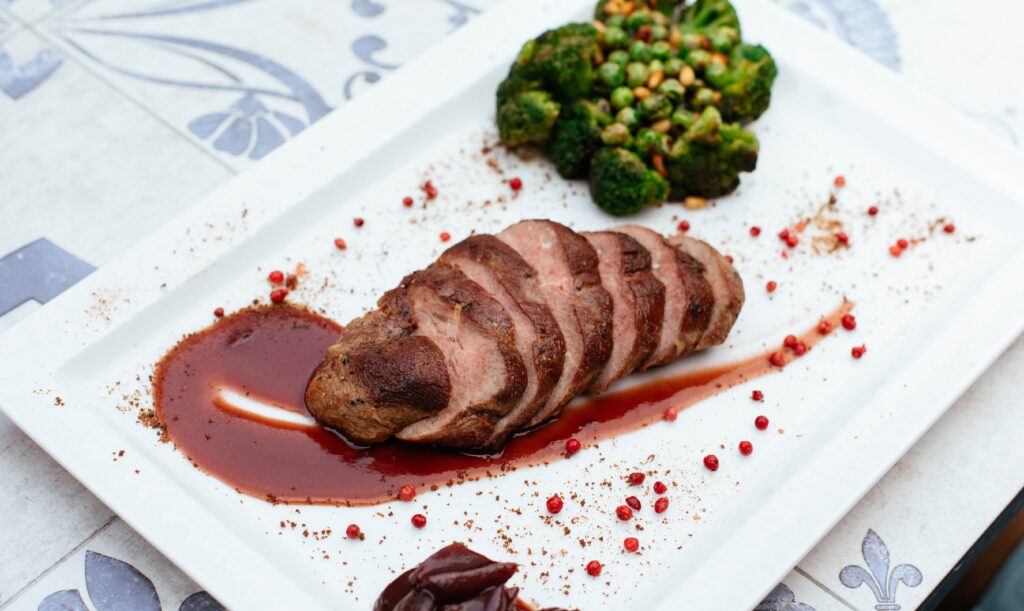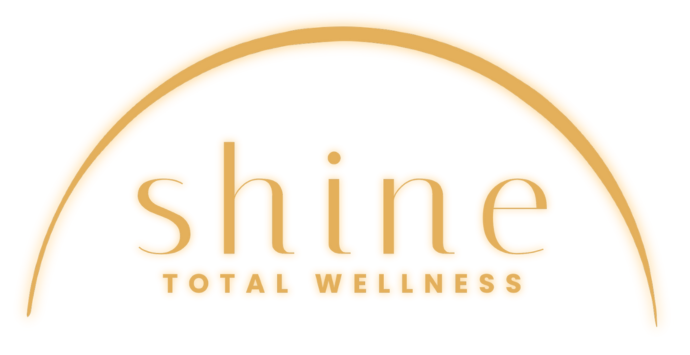
Iron deficiency anemia is the most common nutrient deficiency during pregnancy, affecting roughly 38% of pregnant women across the globe! Your iron needs increase during pregnancy for a few important reasons. When we’re pregnant our blood volume increases by up to 50%, which means we need more iron to build extra red blood cells. Additionally, your growing baby requires a significant amount of iron as she or he grows, and you can expect to lose even more iron through blood loss whether you birth vaginally or via c-section. But pregnancy anemia can leave you feeling exhausted and weak with brittle hair and nails, cause weird cravings for things that aren’t food, and increase your risk for postpartum hemorrhage. It’s so important for pregnant women to stay on top of their iron levels throughout pregnancy to prevent pregnancy anemia. I recommend asking your prenatal care provider to test your ferritin, or stored iron levels, every trimester. Additionally, make sure your prenatal multivitamin contains iron and try adding these 20 iron rich foods for pregnancy into your diet regularly throughout the week to make sure you’re getting enough.
1. Beef
Just three ounces of beef contains about 2.2 mg or just over 8% of your daily iron needs during pregnancy. Beef, like all animal protein, contains the more absorbable heme iron that your body can readily break down and use. Choose grassfed beef whenever possible to get more anti-inflammatory omega-3 fats and less inflammatory omega-6 fats.
2. Bison
Bison is another type of red meat that’s becoming more popular, and it’s also loaded with iron. Three ounces of bison will give you 3.4 mg of iron – even more than beef! That’s roughly 12.6% of your daily needs.
3. Dark Meat Poultry
Three ounces of dark meat chicken and turkey offers 0.95 mg of iron, about double that of white meat poultry. Dark meat chicken and turkey also provide more zinc and B vitamins than their white meat counterparts. If you’re normally a white meat eater I recommend making half your poultry dark meat to help increase iron.
4. Liver
Organ meats are incredible sources of iron and are pregnancy superfoods thanks to their unrivaled micronutrient content. In fact, just three ounces of liver will give you a whopping 15.2 mg of iron! That’s about 56% of your daily iron needs. You can easily spread that out over the course of one week by including one ounce of finely chopped liver in a ground beef or bison dish three days per week – I promise you can barely taste it. Just be sure to choose quality liver from grassfed cows or pastured chickens, ideally from a local butcher.
5. Oysters
Oysters are near the top of the list of iron rich foods, providing 5.9 mg per three ounce serving. That’s about 22% of your daily iron needs! Bonus: They’re also one of the most potent food sources of zinc! Make sure you eat fully cooked oysters during pregnancy and avoid smoked, raw, or partially cooked oysters.
6. Chickpeas
Half a cup of cooked chickpeas offers 2.37 mg of non-heme iron, which is the type of iron found in plant foods. Non-heme iron is less bioavailable which means your body isn’t able to absorb and use as much of it as the iron in animal foods. Try getting some of your iron from plant sources and some from animal sources to ensure you’re getting enough!
7. Quinoa
In addition to having more protein than other grains, quinoa also boasts more iron: 1.4 grams or just over 5% of your daily needs. Try eating quinoa, or any iron-rich food, with a source of Vitamin C like berries, cruciferous veggies, or bell pepper. The Vitamin C actually enhances iron absorption.
8. Dark Chocolate
As if you needed another reason to indulge, dark chocolate is rich in iron with one ounce of 70% dark or darker chocolate providing 3.4 mg of iron or 12.6% of your daily needs! Dark chocolate is also high in magnesium, another important pregnancy mineral, and the antioxidants flavanols and polyphenols. Milk chocolate does not provide these same benefits so opt for dark to get more nutrients and less sugar!In addition to having more protein than other grains, quinoa also boasts more iron: 1.4 grams or just over 5% of your daily needs. Try eating quinoa, or any iron-rich food, with a source of Vitamin C like berries, cruciferous veggies, or bell pepper. The Vitamin C actually enhances iron absorption.
9. Eggs
Two eggs will give you 1.2 mg of iron, or 4.4% of your daily requirements. Not bad when you consider eggs are also excellent food sources of choline, Vitamin B12, and fat soluble vitamins D, E, and K! Opt for pastured eggs to boost omega-3 fats which are essential for baby’s neurological development.
10. Pumpkin Seeds
A quarter cup of pumpkin seeds gives you 3 mg of iron, roughly 11% of your daily needs, as well as a decent amount of plant-based zinc. Sprinkle them on salads, oatmeal, and yogurt bowls, or add them to homemade trail mix to easily boost your iron intake.
11. Lentils
Half a cup of cooked lentils gives you 2 mg of iron which is 7.4% of your daily needs. You can elevate your regular rice by adding lentils in before cooking to boost iron and protein content!
12. Kidney Beans
Similarly to chickpeas and lentils, kidney beans are good sources of plant iron with 2.6 mg per half cup serving. They also provide 65 mcg of folate, or roughly 11% of your daily needs during pregnancy!
13. Clams
You probably didn’t know that clams are one of the highest food sources of iron, with just 3.5 ounces providing 29 mg! That’s actually 2 mg more than your total daily needs during pregnancy. You can easily add clams to pasta dishes and paellas. The caveat is that iron content can vary widely by species, so it’s a good idea to buy canned clams and check the nutrition label for iron content.
14. Cashews
Just a quarter cup of cashews gives you 1.8 mg of iron, or 6.7% of your daily needs during pregnancy. Make cashews a regular snack or consider spreading cashew butter on your morning toast to increase your iron intake.
15. Broccoli
I know you’ve seen the pictures on Instagram that claim broccoli has more iron than beef. And while that’s not true – you’d have to eat four cups of broccoli to get the same amount of iron that three ounces of beef provides, and even then, the non-heme iron in broccoli is significantly less absorbable – broccoli is still one of the highest iron vegetables. A half cup provides about 0.5 mg of iron as well as Vitamin C that helps enhance absorption. A great iron combo? Steak and broccoli!
16. Spinach
A cup of spinach comes in at 0.8 mg of iron or about 3% of your daily needs. While this isn’t a huge amount, adding spinach to your daily smoothie, making your iceberg salad a spinach salad, and tossing a handful of spinach into your stir fry on a regular basis can help increase overall iron intake, especially if your diet is plant based.
17. Lamb
A three ounce serving of lamb offers 1.6 mg of iron or roughly 6% of your daily needs. Ground lamb makes a great substitute for ground chicken and turkey and swapping more red meat for white meat will help boost iron intake.
18. Trout
River trout and wild salmon both offer 0.3 mg of iron per 3 ounce serving. While this is only about 1% of your daily needs during pregnancy, these fatty fish provide the highly absorbable heme iron alongside the omega-3 fat DHA that your growing baby’s brain needs.
19. Anchovies
Coming in at 4.6 mg of iron per 3 ounce serving, anchovies are among the highest iron fish. Chop them up and add them to salad dressings, pasta sauces, and pizza sauces to boost iron levels.
20. Cast Iron Pan
While this one isn’t technically food, cooking meals in a cast iron pan will actually raise the iron content of your food by up to 16%! That’s significant for those with anemia and can be especially helpful for vegans and vegetarians. You may also consider the Lucky Iron Fish, a cast iron device you simply add to a pot before boiling water or making a liquid-based dish to increase the iron content of soups, stews, rice, etc. by 6-8 mg.
